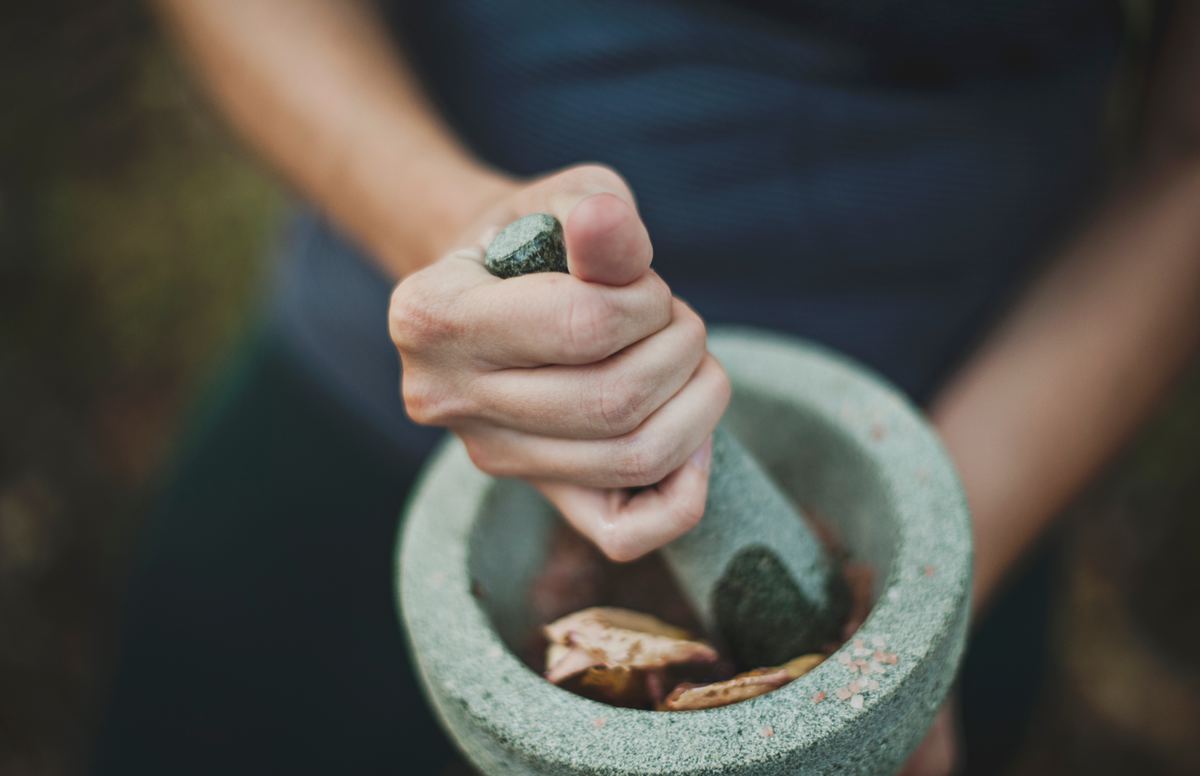Introduction
Figurines of nude females are known from most periods of Pharaonic Egyptian history and occur in a variety of archaeological contexts, from houses, temples, and tombs in the Nile Valley to cemeteries in the western oases, mining sites in the Eastern Desert and Sinai Peninsula, and Nubian forts.
Often, female figurines derive from refuse zones in proximity to these areas. Formerly interpreted as “concubine” figures, pharaonic Egyptian female figurines are now understood to be components of a range of magico-medical rites designed to preserve bodily health through protection and healing.
Material and Manufacture
Female figurines could be fashioned from a wide range of materials, including fired and unfired clay, faience, ivory, stone, and wood. Many baked clay figurines of the Pharaonic period were coated with a red wash post-firing, while others of clay or stone - in particular those depicting a female on a bed - were painted in polychrome, especially during Dynasties 18 - 20.
Depending on the material of which they were made, female figures were either carved or modeled by hand or molded in an open mold; many were painted or embellished. For example, some clay figures of the Middle through New kingdoms were embellished with faience or metal jewelry; fringed, colored linen; and hair represented by beads of mud, faience, or shell strung on linen thread.
Significantly, many Egyptian female figurines show signs of having been deliberately broken prior to their final deposition.
Magico-Medical Spells Calling for Female Figurines of Clay
Several Pharaonic Egyptian spells that were to be recited during rituals of protection and healing prescribe the use of a female figurine of clay. For example, this spell to relieve a stomachache, preserved on a papyrus now in Leiden (P. Leiden I 348, rt. 12,2 - 12,4), calls for the words to be spoken over a rpyt nt sjnt - a “female figure of clay” - and for the pain to be transferred into the rpyt Ast or “female figure of Isis.”
“ 4) Words spoken over a female figure of clay. As for any of his suffering in the belly, the affliction shall go down from him into the female figure of Isis until he is healthy.”
These spells, together with the excavation of female figurines as part of a magician’s kit, suggest that the owners and users of Pharaonic female figurines were literate healers who had the ability to acquire a figurine from a workshop producing these standardized objects, the skills the read the appropriate spells over the figurine, and a knowledge of so-called execration rituals, which would facilitate the knowledge that many figurines utilized in healing rituals - especially ones of transference, like the one described above - would best be broken and/or discarded at the end of their useful “life.”
Female Figurines from Neighboring Cultures
Anthropomorphic figurines are known from a wide variety of world cultures, including Egypt and the greater Near East. While all material culture must be studied within its specific archaeological, historical, social, and cultural context, it is intriguing to note that many Near Eastern ceramic figurines dating from the same centuries as those we have discussed from the Egyptian Pharaonic period - such as these examples here and here, now discoverable through the DLME, yet originally found in modern-day Iraq - also exhibit patterns of deliberate destruction prior to their final deposition and eventual excavation, and according to textual evidence, may have been used in comparable rites of healing and protection. Could this be evidence of a borrowing, or sharing, of the techniques of figurine manufacture, decoration, and/or ritual use, between these neighboring cultures?
